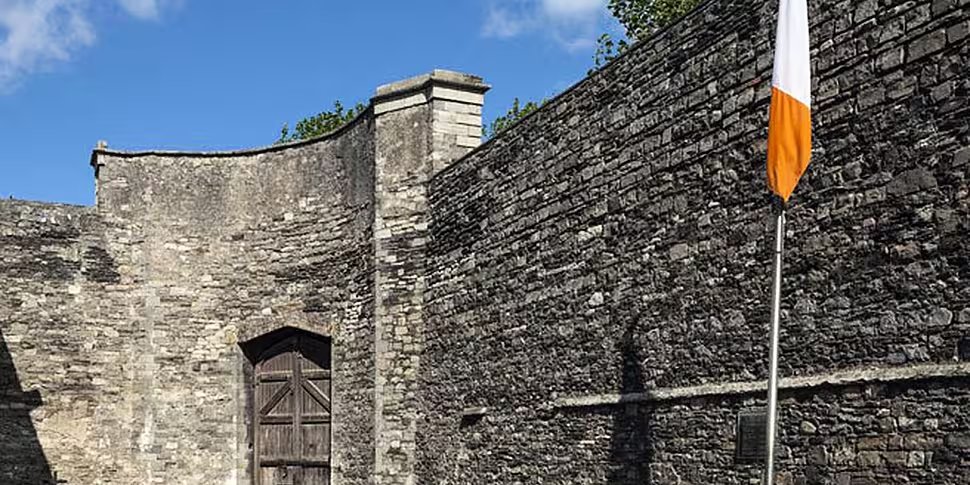Official ceremonies to commemorate the executions of some of the 1916 leaders have taken place in Dublin.
Earlier, individual ceremonies were held to remember Padraig Pearse, Thomas Clarke and Thomas MacDonagh.
Each ceremony saw the reading of the trial documents relating the charge against the accused man, the plea that was entered, the verdict of the court and the witness statements provided.
There was also be a wreath laying service with a military colour party, military police wreath bearer and a piper's lament.
Today we commemorate the 1916 leaders executed on this day 100yrs ago: P.Pearse, T.Clarke & T.MacDonagh @ireland2016 pic.twitter.com/6kyl1rdPvp
— Irish Defence Forces (@defenceforces) May 3, 2016
On May 2nd 1916, the first court martial sentenced Pearse, Clarke and MacDonagh to death. They were taken to Kilmainham Jail and shot at dawn on May 3rd in the Stonebreaker's Yard.
Other services will also be held there acorss the rest of this week.
Padraig Pearse's great grand nephew, Patrick, said he was honoured to lay a wreath at the ceremony.
Padraig Pearse | Image: ireland.ie
Pearse was born in Dublin in 1879, becoming interested in Irish cultural matters in his teenage years.
In 1898 Pearse became a member of the Executive Commmittee of the Gaelic League.
One of the founder members of the Irish Volunteers, and the author of the Proclamation of Independence, Pearse was present in the GPO during the Rising, and was Commander-in-Chief of the Irish forces.
Thomas Clarke | Image: ireland.ie
Born on the Isle of Wight in 1857, Clarke's father was a soldier in the British army.
During his time in America as a young man, he joined Clan na nGael, later enduring 15 years of penal servitude for his role in a bombing campaign in London.
He held the post of Treasurer to the Irish Republican Brotherhood, and was a member of the Supreme Council from 1915. The first signatory of the Proclamation of Independence through deference to his seniority, Clarke was with the group that occupied the GPO.
Thomas MacDonagh | Image: ireland.ie
A native of Tipperary, born in 1878, MacDonagh spent the early part of his career as a teacher. He moved to Dublin to study, and was the first teacher on the staff at St Enda's, the school he helped to found with PH Pearse.
MacDonagh was well versed in literature, his enthusiasm and erudition earning him a position in the English department at University College Dublin.
He was appointed director of training for the Irish Volunteers in 1914, later joining the IRB.
MacDonagh was appointed to the IRB military committee in 1916. He was commander of the Second Battalion of Volunteers that occupied Jacob's Biscuit Factory and surrounding houses during the Rising.
'Sow the seeds of lasting trouble'
John Redmond, leader of the Irish Party, warned British Prime Minister Herbert Asquith that if 'more executions take place in Ireland, the position will become impossible for any Constitutional Party or leader'.
Asquith, in turn, told General Maxwell that 'a large number of executions would sow the seeds of lasting trouble in Ireland'.
But the executions continued, with 15 leaders of the Rising facing the firing squad between May 3rd and 12th 1916.
Particular outrage was expressed at the executions of Willie Pearse, apparently because he was a brother of PH Pearse, Boer War veteran Major John MacBride, Joseph Plunkett who was seriously ill, and the wounded James Connolly - who was shot while strapped to a chair.
The disgust of the executions was exacerbated by the trial of Roger Casement throughout the summer of 1916, which ended with his execution by hanging in Pentonville Jail in August.












